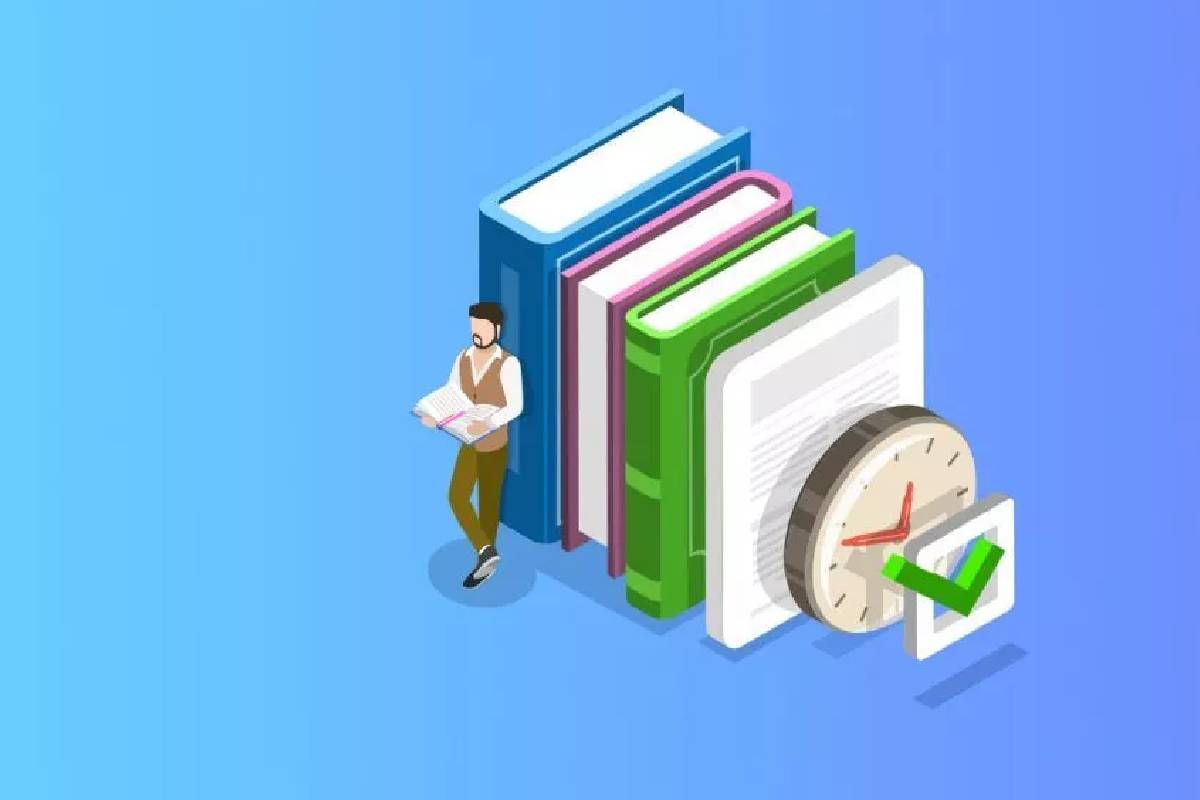National Standard Examination in Junior Science (NSEJS) 2025-26: All You Need to Know
Updated on Dec 11,2024 by Saralstudy Team 1,109 Views
The National Standard Examination in Junior Science is a national-level examination. It is a science Olympiad organized by the IAPT ( Indian association of physics Teachers). The NSEJS was first held in 1987; since then, it has been growing. Many students participate in this examination, and once you qualify, you will get a chance to appear in the international examination. This examination provides an opportunity for those students who want to enhance their ability and intelligence in science.

Summary Table for NSEJS
|
Aspect |
Details |
|
Exam Name |
National Standard Examination in Junior Science (NSEJS) |
|
Purpose |
To identify students with exceptional scientific aptitude and problem-solving skills. |
|
Eligibility |
Students in Class 10 or below, born on or after January 1st, 2009. |
|
Conducting Body |
Indian Association of Physics Teachers (IAPT). |
|
Exam Pattern |
Objective-based questions covering concepts from Physics, Chemistry, Biology, and Mathematics. |
|
Significance |
Qualifying students advance to the Indian National Junior Science Olympiad (INJSO). |
|
Exam Date and Registration |
Conducted annually, with registrations facilitated through schools. |
Eligibility for NSEJS
-
Class 10th students are eligible for this exam.
-
The student should verify their eligibility. Otherwise, the student disqualifies from the exam.
-
The candidate must b a citizen of India and currently studying in India.
-
While giving this examination, the candidate can not appear in any alternative examination such as NSEP, NSEC, NSEB, or NSEA.
-
The candidate should fill in their age carefully because if the details are wrong or above the age limits, the student will be excluded from the examination right away.
-
The candidate must be born between 1st January 2007 and 31st December 2008.
How to Register for NSEJS
-
Interested students should register for this examination at the nearest exam center before the deadline.
-
At the time of registration, the students can also choose the language they are comfortable with. The students can choose any language, Hindi or English.
The step-by-step structure for the registration process Is given below :
-
Firstly you should visit the nearest exam center in your city or area.
-
After visiting the center, the center coordinator will provide you with the application form for the NSEJS exam.
-
You must fill in all the necessary details on the form and submit them to the center before the deadline
Exam Dates for NSEJS
24 November, 2024.
How to check the NSEJS exam result?
-
The result is published on the official website of IAPT.
-
You need to visit the website.
-
Enter your necessary details like roll number and date of birth.
-
After verifying all the information, check your scores and download the result for future
Important details required for checking the result are:
-
Roll number
-
Name of the student
-
Total points
-
Name and location of the schools
Syllabus for NSEJS
|
Subjects |
Topics |
|
Physics |
Light – concave mirror, deviation through two plane mirrors, T.I.R., shadow, Sound – echo, node, and antinode Electricity Work, energy efficiency, power and Magnetism and gravitation Simple harmonic motion – simple pendulum Fluid – flotation Force Heat radiation, anomalous behavior of water, thermal expansion Rectilinear motion – velocity motion, newton's law of motion Unit dimension Electrostatics – ohm’s law, coulomb's law, a combination of resistance, potential |
|
Mathematics |
Permutation and combination Arithmetic progression Area of parallelogram and triangle, similar triangles Geometric progression Linear equation in two variables Number system Quadratic equations Quadrilaterals Ratio and proportion Trigonometry |
|
Chemistry |
Acid, base, and salts Analytical Chemistry Metals and nonmetals Mole concept Carbon Study of gas laws Equivalent concept Periodic table and periodicity |
|
biology |
Biodiversity – chordates, monera, non-chordates Biotech-GMC Control and coordination Cell Biology Human health and disease immunity Reproduction – asexual reproduction Heredity and evolution -D.N.A., fingerprinting, D.N.A. Microbes in human welfare. |
Exam Pattern for NSEJS
-
The NSEJS exam contains multiple-choice type questions and focuses on the science topics such as biology, mathematics, physics, chemistry,
-
The time duration for this exam is 2 hours.
-
The total number of questions will be 80, covering all topics from physics, chemistry, biology, and mathematics.
-
There is also a concept of negative marking; 1 mark is deducted for every wrong answer.
|
Subject |
No of question |
Marks |
|
Biology |
20 |
60 |
|
Chemistry |
20 |
60 |
|
Mathematics |
20 |
60 |
|
Physics |
20 |
60 |
|
Total |
80 |
240 |
Stages for NSEJS
Stage 1- Every year, more than 80000 students participate in this examination with the dream of qualifying for the merit list. However, only 300 lucky students are selected from 80000 students based on merit, and these 300 are eligible to participate in stage 2 of this examination.
Stage 2 – It is a tricky part of this examination. Only those students are eligible to perform in this stage who scored more than 50%. The top 35 students get the invitation to the 2-week program. After that, only six students get the selection to represent India at an international junior science Olympiad.
FAQs for NSEJS
Que. When will the merit list of the NSEJS exam be released?
Ans: The merit list of NSEJS was released on the official website of IAPT through online mode.
Que.What do you mean by the merit list of the NSEJS exam?
Ans: The merit list contains the names of selected students or the students who qualify for the NSEJS exam with their scores. The list is published on the official website.
Que.What is the next stage after preparing for the NSEJS exam?
Ans: After passing the NSEJS exam, the student will be eligible to participate in the INJSO exam.
